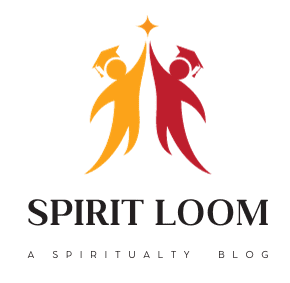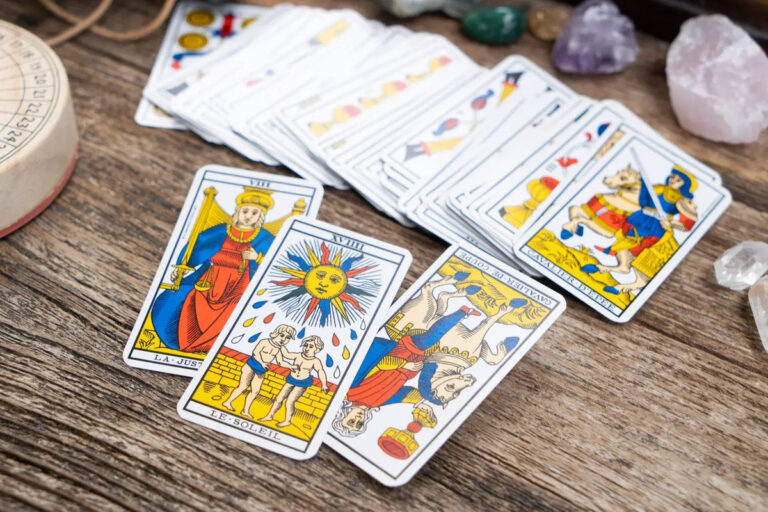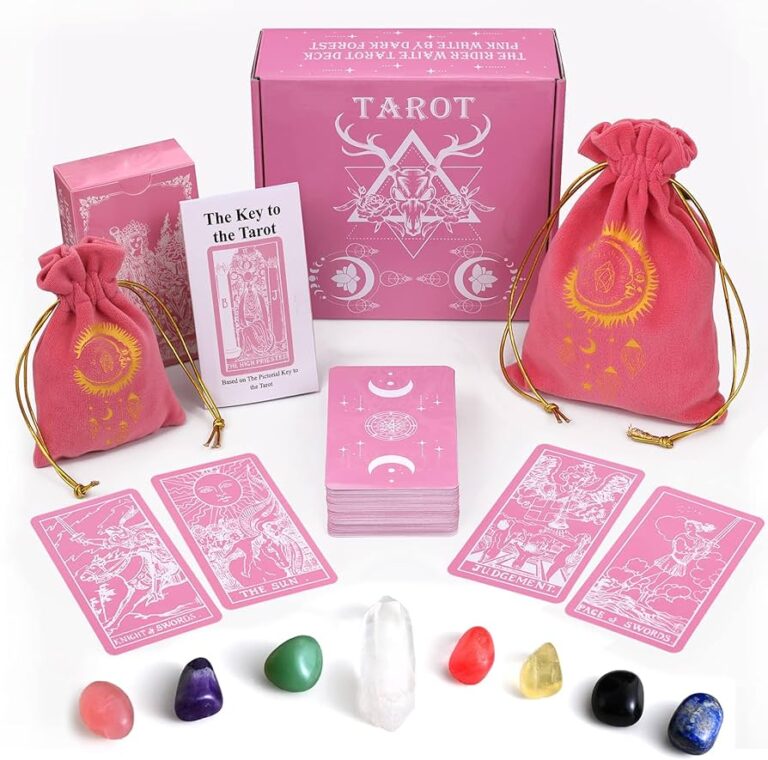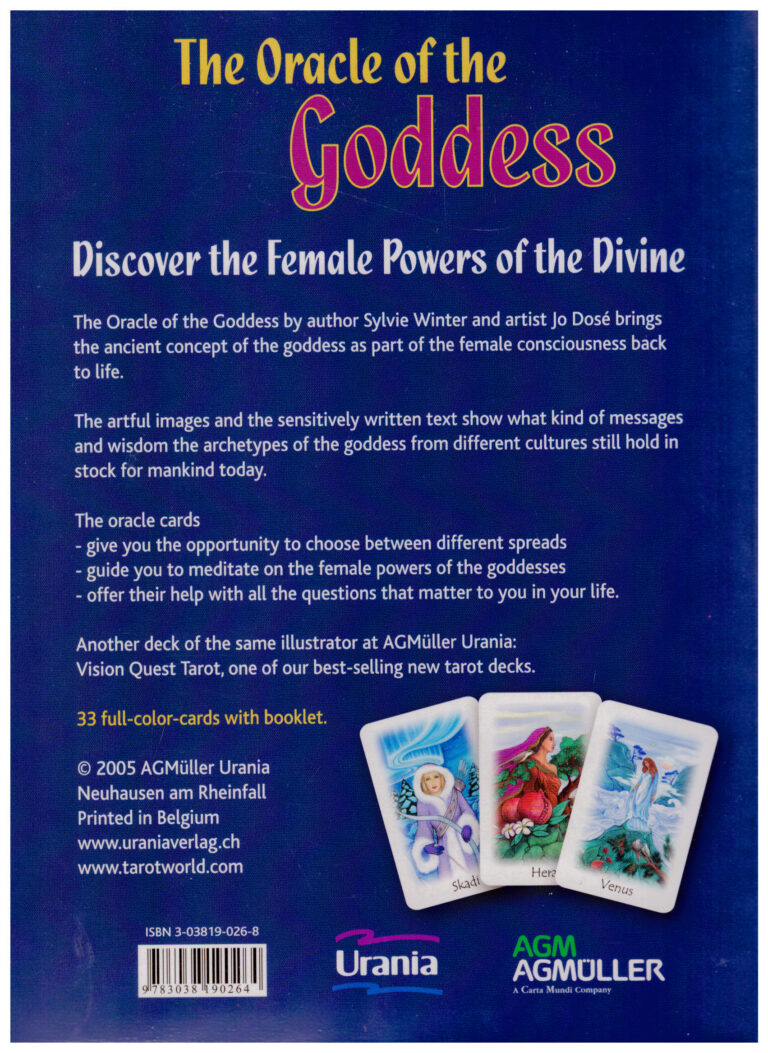What is the Difference: Upright vs Reversed Tarot Cards
Upright tarot cards are read in their regular position, facing the reader, while reversed tarot cards are read when they appear upside down, facing away from the reader. The difference between upright and reversed tarot cards lies in the interpretation of their meanings and the energies they represent.
Some tarot readers prefer to use both upright and reversed positions for more nuanced interpretations, while others only read upright cards. Reversed cards can indicate a shift in energy or a different perspective, often suggesting a blockage or a challenge.
Understanding the difference between upright and reversed tarot cards allows for a deeper and more comprehensive tarot reading experience.
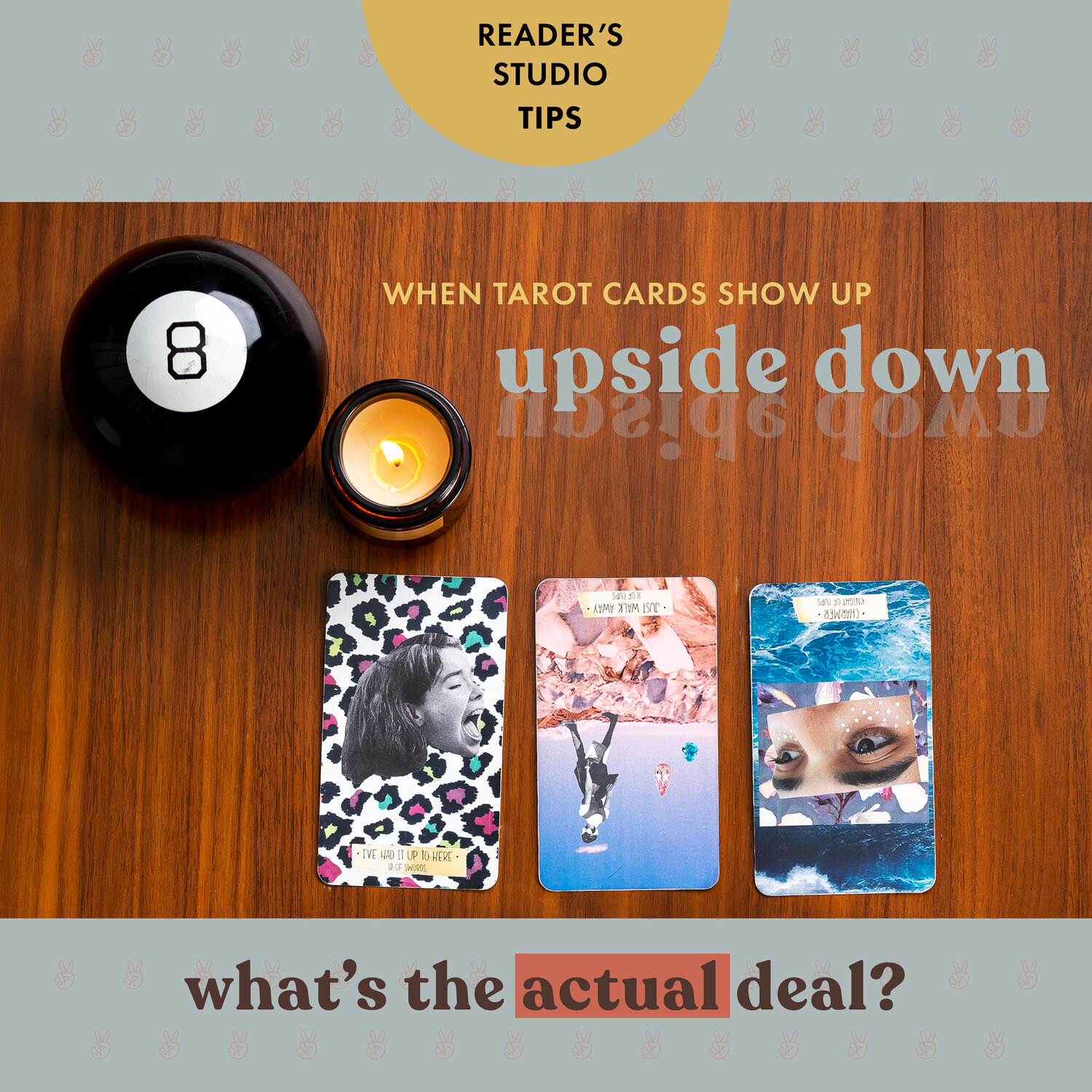
Credit: www.practicalmagic.co
Understanding Tarot Cards
When it comes to tarot card readings, one of the key elements to understand are the upright and reversed positions of the cards. Tarot cards are powerful tools that can offer insight, guidance, and clarity in various aspects of life. In order to fully comprehend their meanings, it is important to know the difference between upright and reversed tarot cards.
What Are Tarot Cards?
Tarot cards are a deck of 78 cards that are used for divination, self-reflection, and gaining deeper insights into different situations. Each card in the deck carries its own symbolism and meaning, which can be interpreted to provide guidance and answers to various questions and life situations.
How Are Tarot Cards Read?
When reading tarot cards, the position of the card plays a crucial role in determining its interpretation. A card can be either upright or reversed, and this can significantly alter its meaning. An upright tarot card indicates the positive attributes and energies associated with the card, while a reversed tarot card implies that the energy of the card is blocked, delayed, or in some cases, inverted.
Understanding the difference between upright and reversed tarot cards allows the reader to provide more accurate and detailed interpretations. The position of the card adds depth and nuances to the reading, enabling a more comprehensive understanding of the situation at hand.
Here’s a table summarizing the key differences between upright and reversed tarot cards:
| Upright Tarot Cards | Reversed Tarot Cards |
|---|---|
| Positive attributes and energies | Blocked or inverted energy |
| Clear interpretation | Varied interpretations |
| Direct guidance | Challenges or delays |
Exploring the meanings of both upright and reversed tarot cards during a reading provides a more comprehensive perspective. It allows the reader to identify potential obstacles, hidden opportunities, or pending changes that may arise in a person’s life. By considering both positions, the reader can offer more accurate and insightful guidance to the querent.
In conclusion, understanding the difference between upright and reversed tarot cards is essential for a thorough and meaningful tarot card reading. The position of the card provides valuable information about the energy, influences, and potential outcomes associated with the specific card, allowing the reader to provide more precise interpretations and valuable guidance.

Credit: m.youtube.com
Upright Tarot Cards
Upright Tarot cards are those that are facing the reader or the person being read for. On the other hand, reversed Tarot cards are upside down, indicating a different energy or interpretation. Understanding the difference between upright and reversed cards helps provide more nuanced and accurate Tarot readings.
Meaning Of Upright Tarot Cards
Upright tarot cards represent positive energy and favorable circumstances in a reading. When a card is drawn upright, it signifies that the energy associated with that card is at its strongest and most beneficial. In tarot readings, the upright position of the card is considered the default or “normal” position. It is important to note that upright cards do not imply that everything will be positive and without challenges. Instead, they indicate a more favorable outcome or a positive aspect of the question or situation being explored.Key Interpretations
The meaning and interpretation of upright tarot cards can vary depending on the specific card and its position within the spread. Here are some common key interpretations to consider: 1. Love and Relationships: Upright tarot cards in the realm of love and relationships often indicate harmonious connections, deep emotional bonds, and promising partnerships. They can represent passion, physical attraction, and strong bonds between individuals. 2. Career and Finance: When upright cards appear in career or finance-related readings, they suggest positive opportunities, growth, and success. They can symbolize job satisfaction, financial stability, and alignment with one’s values and aspirations. 3. Personal Growth and Spirituality: Upright tarot cards in the realm of personal growth and spirituality often indicate a time of self-discovery, inner reflection, and positive transformation. They can represent heightened intuition, spiritual guidance, and a sense of purpose in life. 4. Health and Well-being: Upright cards related to health and well-being are generally positive, indicating vitality, balance, and overall wellness. They can represent improved physical health, emotional well-being, and positive lifestyle changes. 5. Challenges and Lessons: Although upright cards generally convey positive energies, they can also signal challenges or lessons that need to be addressed. These challenges are usually seen as opportunities for growth and personal development. By understanding the meaning and key interpretations of upright tarot cards, readers can gain deeper insights into various aspects of life and navigate through their journey with confidence and clarity. Remember, the interpretation of upright tarot cards should always be done in combination with other cards in the reading for a comprehensive understanding.Reversed Tarot Cards
When it comes to reading tarot cards, understanding the difference between upright and reversed cards is crucial. Reversed tarot cards hold a significant meaning and can provide additional insights into a tarot reading. In this section, we will explore the meaning of reversed tarot cards and how to interpret them.
Meaning Of Reversed Tarot Cards
Reversed tarot cards indicate a shift in energy or a blockage in the card’s upright meaning. They often suggest challenges, obstacles, or areas where growth and development are needed. While upright cards represent the positive aspects of a card’s energy, reversed cards offer a more complex and nuanced perspective.
For example, the reversed High Priestess may indicate a lack of intuition or hidden feelings, while the reversed Empress could signify issues with nurturing or creative blockages. It’s important to note that the meaning of reversed tarot cards can vary depending on the individual’s interpretation and the context of the reading.
Interpreting Reversed Cards
Interpreting reversed tarot cards requires a keen understanding of the card’s upright meaning, as well as an intuition to delve into the areas of challenge or growth they represent. Here are a few tips to help you interpret reversed cards:
- Consider the card’s upright meaning and how it contrasts with its reversed position.
- Pay attention to the emotions or themes that arise when examining the reversed card.
- Look for patterns or connections between the other cards in the reading and the reversed card.
- Trust your intuition and allow the symbolism of the card to guide your interpretation.
- Remember that reversed cards are not always negative; they can also indicate hidden opportunities or the need for a different perspective.
By carefully analyzing both the upright and reversed meanings of tarot cards, you can gain a deeper understanding of the messages they hold.

Credit: solitarywitchin.wordpress.com
Difference Between Upright And Reversed Tarot Cards
When reading Tarot cards, the difference between upright and reversed cards lies in their orientation. Upright cards face the reader, while reversed cards are upside down, indicating a shift in energy or a different interpretation. The orientation of the card provides valuable insight into the reading.
How To Identify Upright And Reversed Cards
Identifying upright and reversed tarot cards is crucial for accurate readings. When reading cards for someone else, if the card is facing the person you are reading for, it is considered reversed. On the other hand, if the card is facing you, it is upright. In the case of self-readings, an upside-down card indicates a reversed position. Recognizing the orientation of the cards is essential to interpret their meanings correctly.
Impact On Readings
The orientation of a tarot card, whether upright or reversed, greatly impacts the interpretation of a reading. An upright card signifies the positive aspect of its meaning, emphasizing the energy and symbolism associated with it. It represents the potential for growth, success, and fulfillment.
On the contrary, a reversed card suggests a challenge or obstacle linked to the card’s traditional meaning. It can indicate blocked energy, internal conflicts, or the need for a shift in perspective. Reversed cards invite deeper introspection and highlight areas that require attention or resolution. They offer insights into hidden influences or subconscious factors affecting the situation at hand.
By considering both upright and reversed cards together, the reader gains a more holistic understanding of the reading, offering a comprehensive perspective on the situation being examined.
Frequently Asked Questions On What Is The Difference Between Upright And Reversed Tarot Cards
How Do You Tell If A Tarot Card Is Upright Or Reversed?
To determine if a tarot card is upright or reversed, look at how it is facing. If it is facing the person being read, it is reversed. If it is facing the reader, it is upright. When reading for yourself, a reversed card will be upside down.
What Does Reversed Tarot Card Mean?
Reversed tarot cards have the opposite meaning of upright cards, indicating a lack of energy or a different perspective.
What Does Upright Mean In Tarot Cards?
Upright in tarot cards means the card is facing the reader or the person being read for. It represents love, relationships, harmony, choices, and strong bonds. Reversed cards are upside down and indicate a different energy or meaning.
Should Tarot Cards Be Upright?
Tarot cards can be read both upright and reversed for more nuanced interpretations. Some readers prefer to use both positions, while others focus only on the upright meanings. The position of the card depends on whether it is facing the reader or the person being read for.
Conclusion
To summarize, the difference between upright and reversed tarot cards lies in their orientation and the energy they convey. Upright cards represent external influences and have their traditional meanings, while reversed cards signal internal energies and can alter the interpretation.
Some readers prefer using both upright and reversed positions for a more nuanced reading, while others focus solely on upright cards. Ultimately, whether you choose to read reversed cards or not depends on your personal preference and the depth you seek in your tarot readings.
